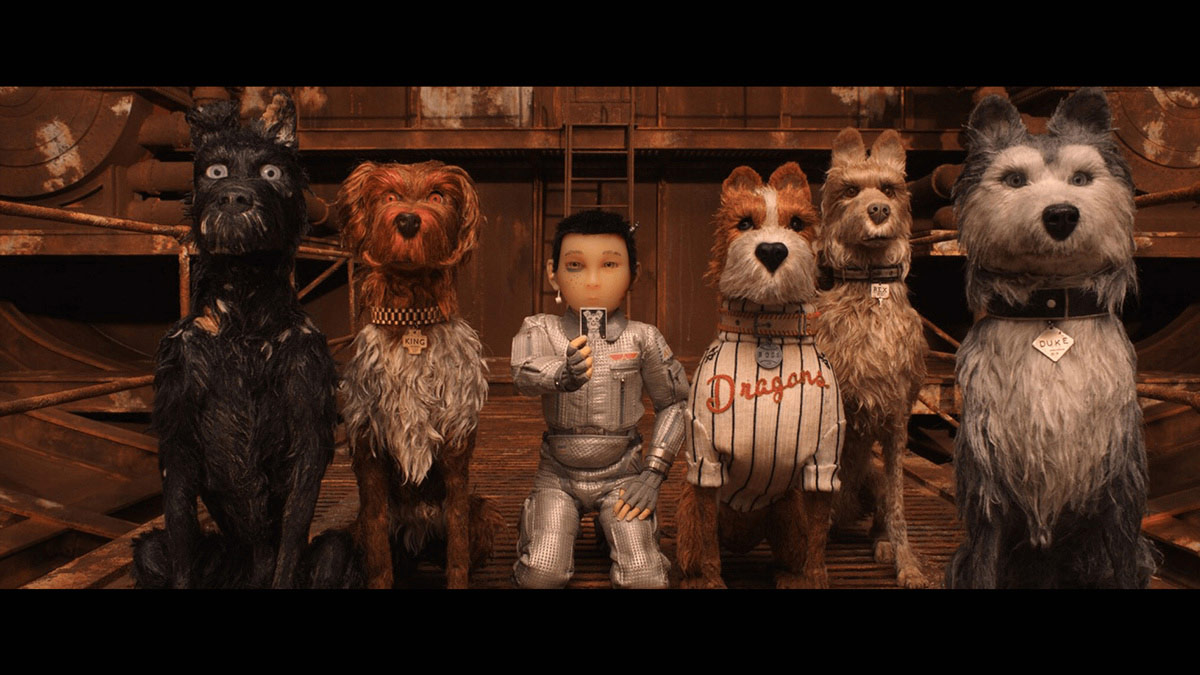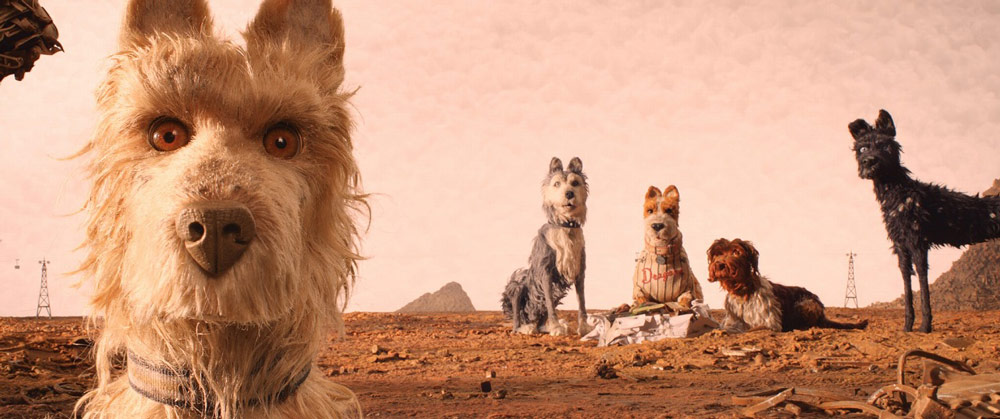
©2018 Twentieth Century Fox Film Corporation
"Isle of Dogs": The inevitable encounter between Wes Anderson's miniature garden world and Japonisme
2018.05.27
Wes' miniature garden (or dollhouse) world
There are many points that characterize Wes movies, such as gentle comedies full of humor, slightly off-kilter characters, and story elements such as growth, independence, bonds, and adventure (more on this in the next article ), but there are many things that characterize Wes movies, especially those that are unique to Wes. What gives the impression of a miniature garden-like visual world created by the arrangement of various elements, composition, and camera work.
It shows buildings and vehicles in cross section in a dollhouse style. We will introduce the characters who spend time in each room one by one. A symmetrical composition that emphasizes perspective. A shot that captures a moving character from the side using dolly photography (a technique in which the camera is mounted on a trolley and photographed while moving the camera itself). A play within a play. By skillfully combining these elements, Wes creates a small, closed world on the screen that could be called a ``video version of a miniature garden.'' The audience feels as if they are observing the characters' activities, as if they were watching the worker ants moving about in an ant nest observation case.

“Isle of Dogs” ©2018 Twentieth Century Fox Film Corporation
This style was established by Wes in his live-action films, but he also applied it to his first animated film, ``Fantastic Mr. FOX,'' and further refined it in ``Isle of Dogs.'' Particularly effective this time is the dolly shot used in the sequence where the main character, Atari, goes to search for his beloved dog Spots with the dogs he has become friends with on Isle of Dogs. (However, in the case of stop-motion animation, which uses stop-motion animation, in addition to moving the puppet and camera separately, you can also achieve the same effect by moving only the background while leaving the puppet and camera in the same position.) may also use these “pseudo dolly shots”). The scene in which the dogs get stuck in a hanging cart at an automated garbage disposal facility and is helplessly carried through the facility, where disasters are befalling them one after another, makes us feel as if we are passively watching their suffering. The dolly shots are getting more and more interesting.

“Isle of Dogs” ©2018 Twentieth Century Fox Film Corporation
To begin with, the expressive method of stop-motion animation, in which miniature sets are created and human and animal puppets are moved little by little to bring them to life, is similar to creating a miniature garden or playing with a dollhouse. In a sense, it may be natural that Wes, who has created miniature worlds through live-action, would be able to demonstrate his artistry through stop-motion animation.

